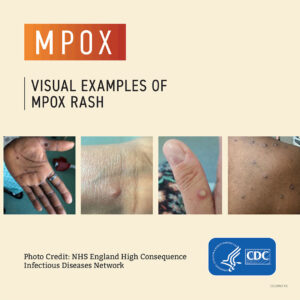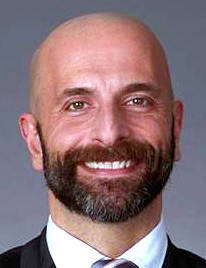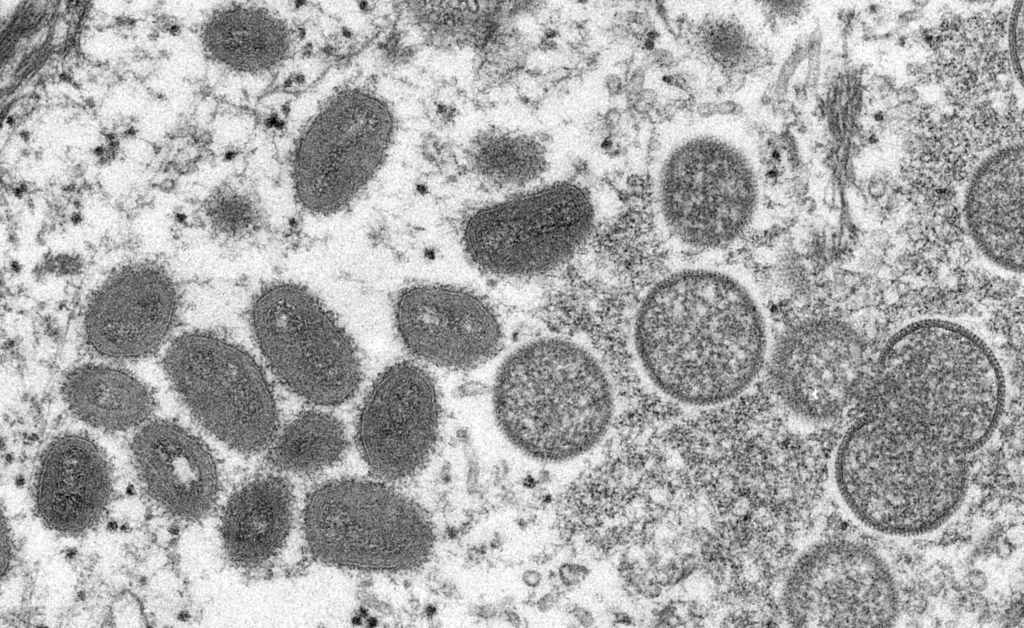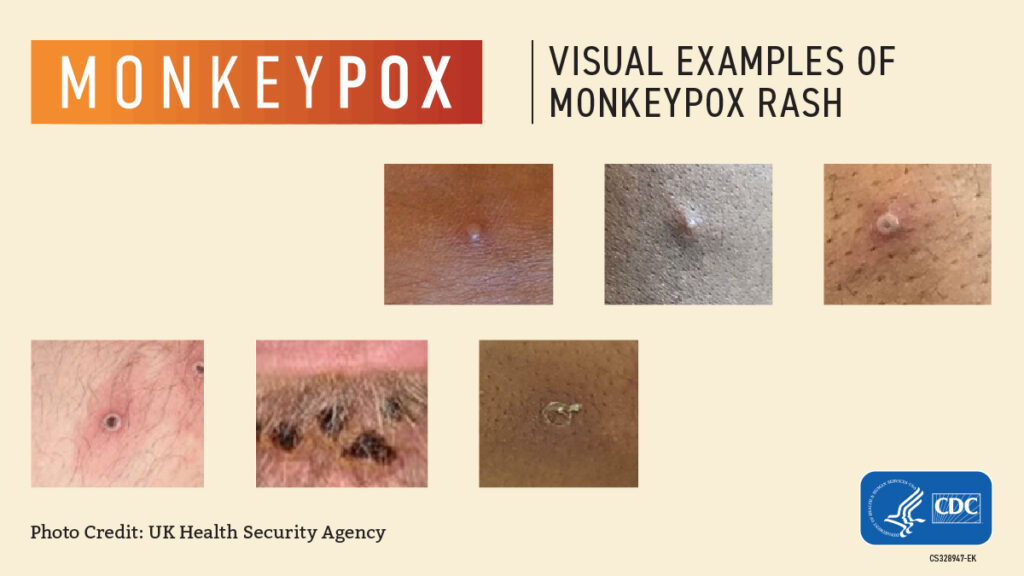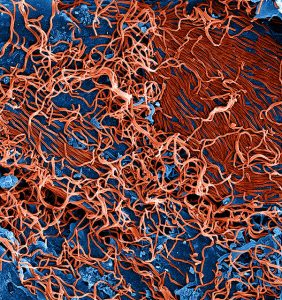Tag
monkeypox
-
The threat of mpox returns: How reporters should cover the disease
Mpox, formerly known as monkeypox, could make a resurgence this summer in the US. What reporters need to know.

-
Webinar: A White House Q&A on Monkeypox
The number of new monkeypox cases has declined since this summer, but many questions remain about symptoms, transmission, vaccines, treatments…

-
The latest on monkeypox: rates, preparedness
On June 30, Texas’s department of health reported multiple cases of monkeypox in people who hadn’t traveled outside the United States, suggesting the…

-
Increasing infectious disease outbreaks highlight need for public health reporting
Deadly infectious disease outbreaks are occurring more often around the world. Influenza virus circulated in the southern hemisphere and then…

